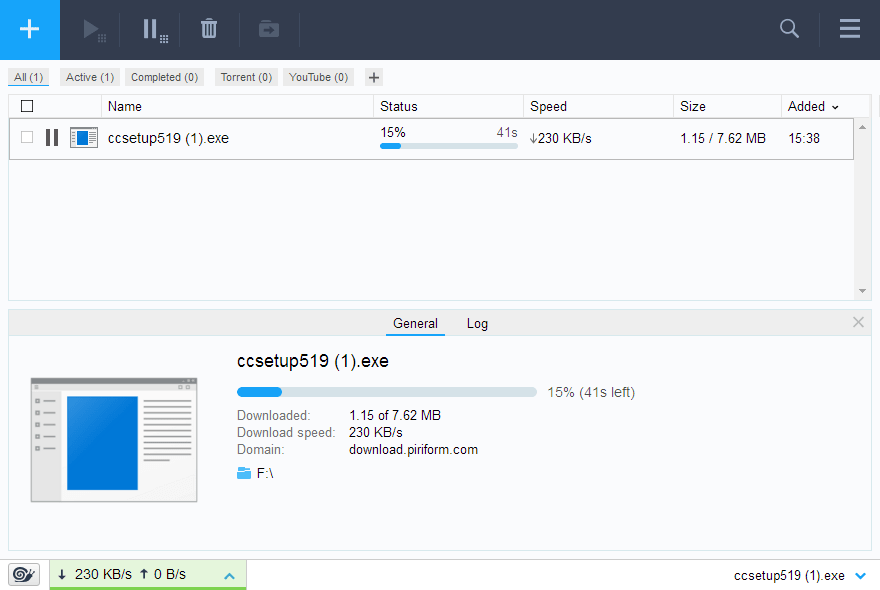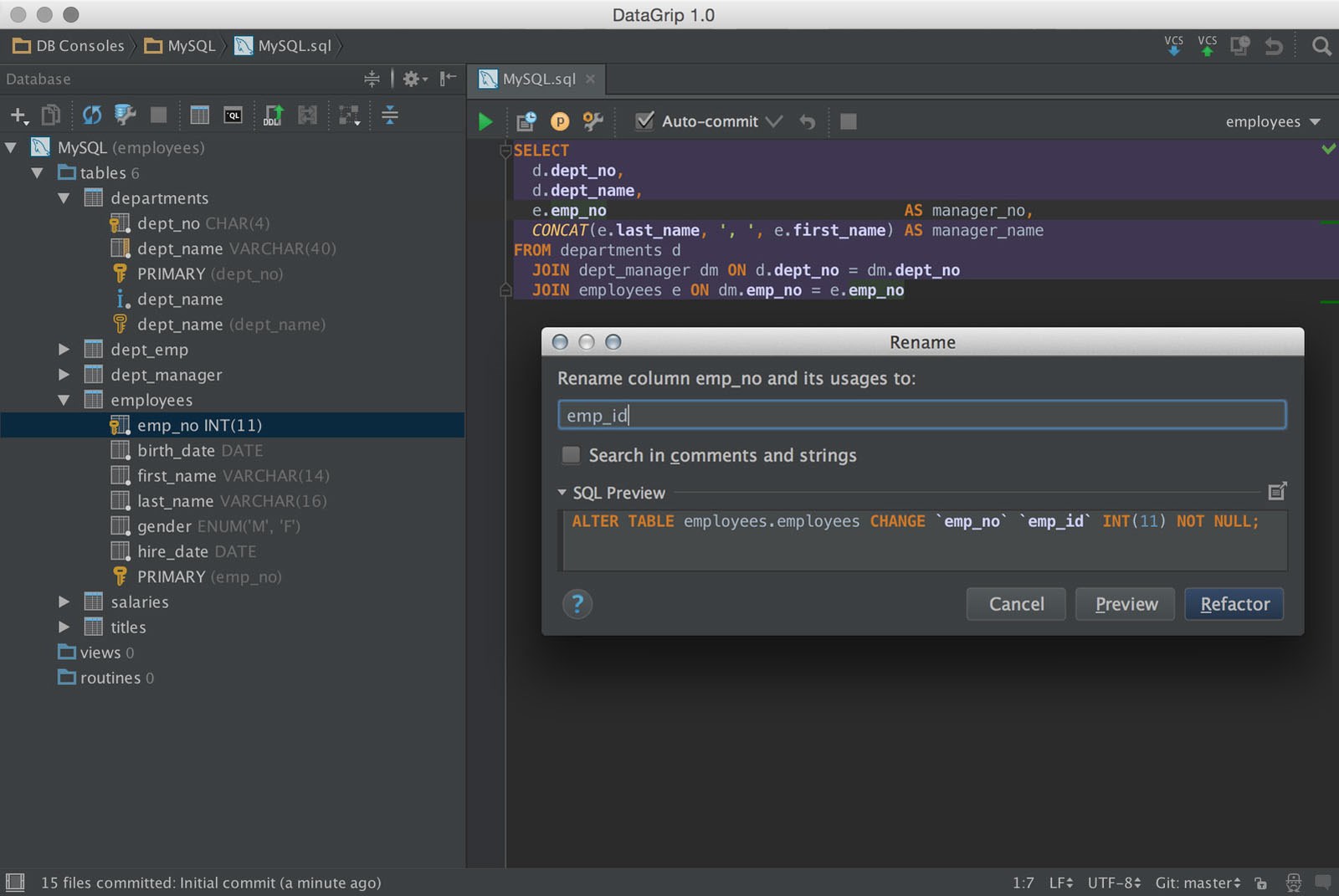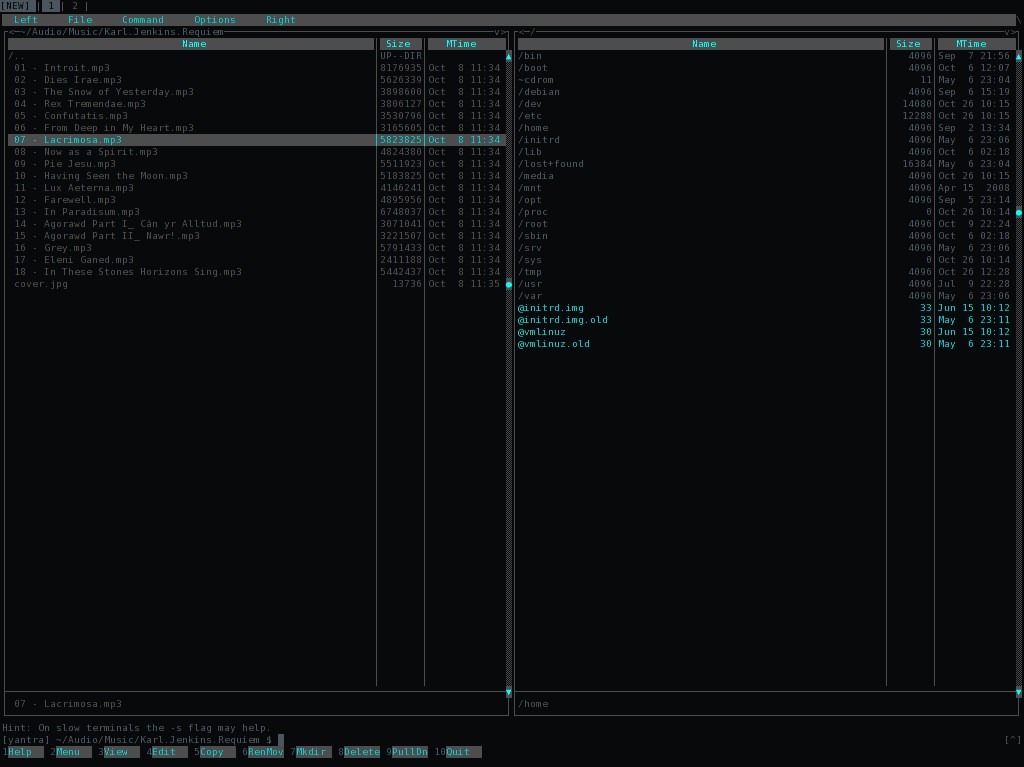

For instance, the default configuration allows you to push the top of your current frame up using `command`-`option`-`w`, and you can pull it back down using `command`-`shift`-`w`. Resizing takes the form of expanding or contracting one edge of the pane. By default, you shift focus between frames using hotkeys reminiscent of Vim navigation, and you can resize the currently-focused pane. Editing settings is done via an `rc` file.Ĭhunkwm deals exclusively with binary space partitioned layouts, and it gives you a ton of control within this paradigm. Both chunkwm and khd, the keyboard handler that I’ve used, need to be started as services via the command line, so I found it helpful to create aliases for enabling and disabling them.

The maker of chunkwm provides two options. In addition to the window manager, you need to install another service to handle keyboard input.

Tall: The main window is on the left side of the screen, with auxillary windows stacked vertically on the right.You can also resize the main window, and all auxillary windows will adjust accordingly.

You can easily navigate to auxilary windows and swap them to the main position. It seems the intention here is that most of your work is in the main window, and you can monitor the others. In each layout, there is a “main” window (sometimes you can have multiple main windows, but I haven’t used that feature much). Enabling and disabling is handled through the menu bar.Īmethyst provides a number of standard layouts that you can cycle through using a hotkey. Its installation is straightforward, and it has a minimal GUI for editing its settings. AmethystĪmethyst is probably the easier option to get started. I don’t want to pick favorites here, but there are differences that could affect your choice if you are looking to jump into TWMs. I’ve been using both Amethyst and chunkwm, and I have been fairly happy with them. The placement of windows is handled automatically for you, but you are given the power to easily rearrange and resize windows.Ī big difference between tiling window managers and traditional window managers is that when you resize a window using a tiling window manager, other windows will also resize to ensure maximum use of screen real estate with no overlap. They may do this by putting applications side-by-side, in rows, or in any number of non-overlapping layouts. Tiling window managers (TWMs) organize the applications on your desktop into non-overlapping tiles. In this post, I’ll give a brief overview of some of their differences and difficulties. In the last few months, I’ve been experimenting with using two tiling windows managers- Amethyst and chunkwm. MacOS’s window manager has a few built-in features to help manage things, but I was never completely happy with it. If you typically work with a lot of applications open at once on MacOS, you’ve probably noticed that things get pretty cluttered pretty fast.


 0 kommentar(er)
0 kommentar(er)
